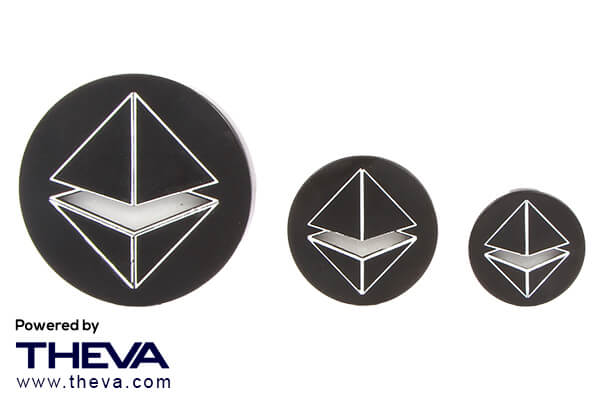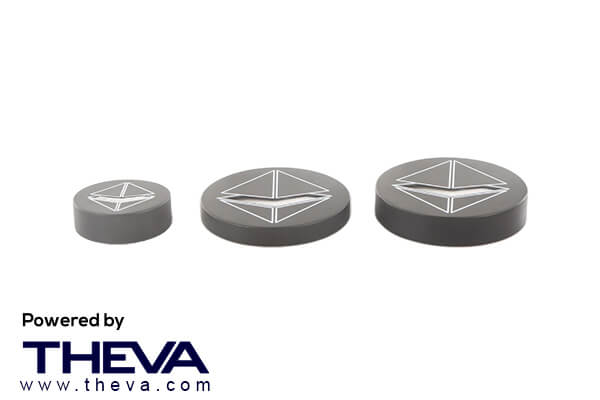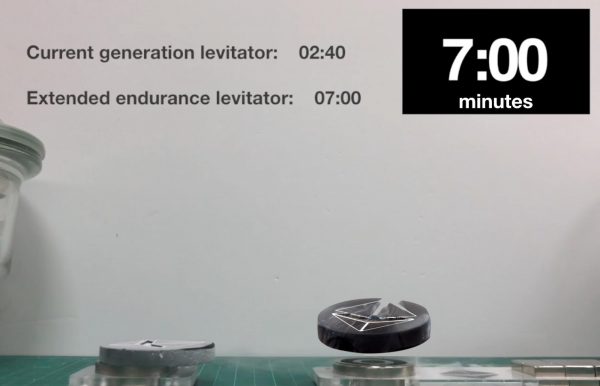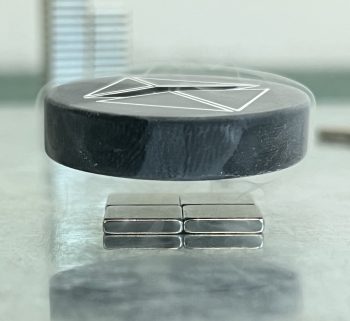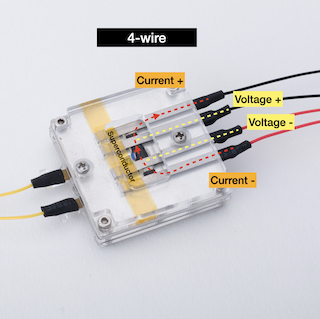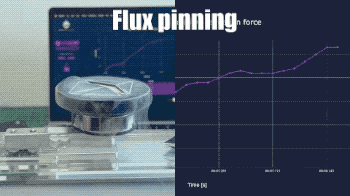Quantum Levitation
is Powered by
is Powered by
Top Products
Serving top tier universities as well as hundreds of consumers worldwide, Quantum Levitation provides quality products with personalized service and support with every purchase. We are focused on developing and building levitation technologies that can be adapted and used in various consumer products.
Superconductivity
Discovered 100 years ago, continues to fascinate and attract the interest of scientists and non-scientists all around the globe. Being the only quantum phenomena visible to the naked eye, it offers a unique window to quantum mechanics.
Explore superconductor levitation and create a tabletop hoverboard with magnets. In this science fair experiment students can explore magnetic levitation and superconductors.
Superconductivity introduces one of the most technically difficult challenges for physicists – designing a measurement setup that will be sensitive to both low (& zero) voltages/resistance and to high voltages/resistance at the same time. Below we give a short review of physicists and not students can measure superconductivity in the lab using easily available equipment. […]
Qualitative Experiment steps: Quantum Levitation is the stable levitation and suspension of a superconductor in a surrounding magnetic field. It is actually the result of two separate phenomena: Meissner effect – the repulsion of magnetic fields from the superconductor body Flux pinning – the pinning of magnetic flux inside the superconductor We can perform the […]












